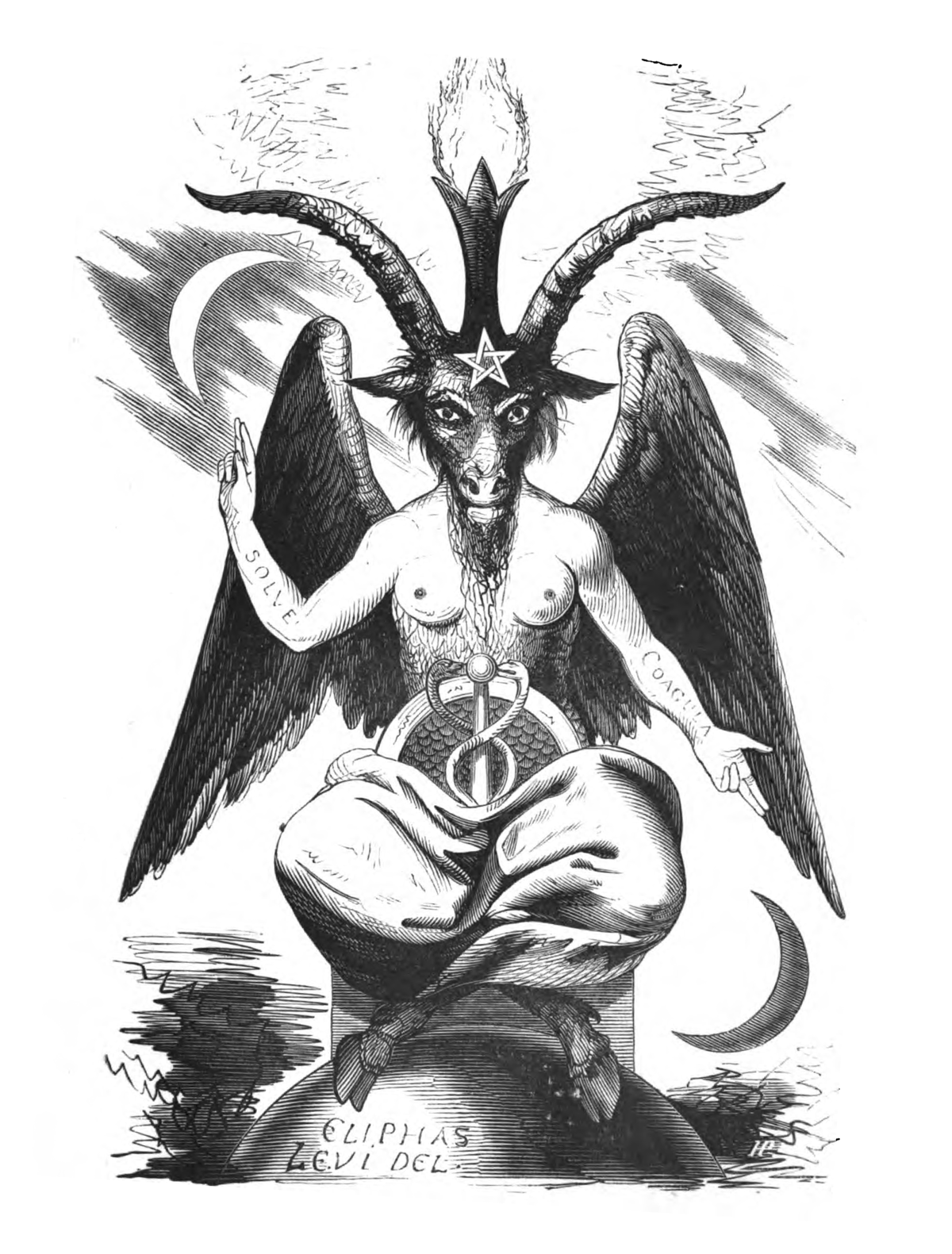In the mysterious world of divinatory arts, cartomancy has held a truly unique place for centuries. Rooted in imagery and, in this sense, remarkably modern, it has continuously evolved and captivated by drawing from both traditional representations and contemporary imagination¹.

Card divination was practiced well before the 19th century, as evidenced by certain artistic depictions of fortune tellers, including a print by the French artist Louis Halbou titled La Crédulité sans Réflexion, engraved in 1770. That same year, Jean-Baptiste Alliette the younger (1738-1791), better known by the anagram Etteilla, published in Paris one of the first treatises on cartomancy: Etteilla, ou manière de se récréer avec un jeu de cartes, along with a set of 33 cards available for 3 livres and 10 sols².

This multifaceted figure, known for popularizing cartomancy, which he referred to as “cartonomancy,” is said to have started card reading in 1753³. According to sources, Etteilla had several professions, including that of a grain merchant, a trade inherited from his mother, and later as a wig maker, print merchant, and self-styled professor of algebra⁴. In 1781, the publication of Du Jeu des Tarots in the eighth volume of Court de Gébelin’s Le Monde Primitif brought him a revelation about the deck. From then on, there would be a French style of cartomancy using ordinary cards, and an Egyptian cartomancy, known as the “Book of Thoth”⁵, using the Tarot⁶.

The son of Pastor Antoine Court, a renowned theologian and preacher, Court de Gébelin settled in Paris in 1763 after studying at the Academy of Lausanne. Attracted to Freemasonry, this French writer and scholar joined the famous “Nine Sisters” lodge in 1778, which also welcomed Voltaire, Benjamin Franklin, and other eminent figures⁷. He discovered the tarot in Paris, in the salon “Le cercle d'Auteuil” of Madame Helvétius, and became passionate about its interpretation and origins. Court de Gébelin explains in his work that the tarot is an Egyptian book, the sole remnant of their magnificent libraries: “...the form, layout, arrangement of this Game, and the figures it presents are so manifestly allegorical, and these allegories so conform to the civil, philosophical, and religious doctrine of the ancient Egyptians, that one cannot help recognizing it as the work of this people of sages...” According to him, the origins of the “ancient tarots of Marseille” should therefore be sought in the ancient religion of the Nile valley, and the cards seen as symbolic representations related to the hermetic initiation of ancient Egypt⁸. He opines that the names of the Pope and the Papess might stem from a Christian interpretation by Italian or German card makers. Thus, he replaces the name he deemed ridiculous, the Papess, with the High Priestess, while the Pope becomes the Chief of the Hierophants or the High Priest⁹.
In the prevailing Egyptomania, Etteilla published in 1783 Manière de se récréer avec le jeu de cartes nommées tarots. The four “volumes” and their supplements, published between 1783 and 1786, showcase the original vision of the card reader. The creation, in 1788, of a circle named “Society of Interpreters of the Book of Thoth” allowed him to fund the engraving of images. Thus, his “restored” tarot, bearing the title “Book of Thoth,” was distributed from 1789. It includes 78 cards finely engraved in intaglio and colored with a brush¹⁰. This deck is quite different from the tarots published until then. The symbols and the sequence of the cards bear no resemblance to the ancient tarots of Marseille, and their divinatory interpretation is deemed poor by some occultists of the 19th century, particularly Éliphas Lévi, who expressed his contempt for “this old hairdresser, who had never learned either French or spelling¹¹. ”

Despite the criticism he faced, Etteilla is undoubtedly, along with Court de Gébelin, one of the founders of divinatory Tarot. The work of Jean-Baptiste Alliette, now known as the Grand Etteilla or Egyptian Tarot, inspired other seers, notably the legendary Marie-Anne Adélaïde Lenormand, known as Mlle Lenormand, the “Sybil of the Faubourgs Saint-Germain,” a famous fortune-teller of the First Empire, who, according to her memoirs, provided private consultations to Empress Joséphine and Napoleon¹².

In the 19th century, modern occultism developed in France and was highlighted by enigmatic personalities such as the priest Alphonse-Louis Constant, known as Éliphas Lévi Zahed (Dogme et Rituel de la haute magie, 1854-1861), Dr. Gérard Encausse, known as Papus (Traité méthodique de science occulte, 1891), Stanislas de Guaita (Au seuil du mystère, 1886), cofounder with Joséphin Peladan of the Kabbalistic Order of the Rose-Cross, and Oswald Wirth (Le tarot des imagiers du Moyen Âge, 1927). They embraced the ideas of Court de Gébelin and gave tarot a divinatory and theosophical dimension. They linked the twenty-two major arcana to the twenty-two letters of the Hebrew alphabet, applying Kabbalistic speculations to the tarot¹³.

The term “Tarot de Marseille” first appeared in 1856 in an article written by Romain Merlin titled Calligraphie, gravure, cartes à jouer, for the 1855 Paris Universal Exhibition¹⁴. Papus later adopted this term and made it famous through his work Le Tarot des Bohémiens, published in 1889: “The Italian tarot, that of Besançon, that of Marseille are undoubtedly the best we possess today, especially the latter, which quite accurately reproduces the primitive symbolic tarot.”

In occult terminology, the 78 cards of the tarot are referred to as “lames” or “arcanes,” from the Latin arcanum, meaning “hidden, secret thing.” Thus, the 22 trumps are known as the “Major Arcana,” while the 56 numbered cards and court cards are referred to as the “Minor Arcana.” It is to Jean-Baptiste Pitois, known as Paul Christian, a French author and collaborator of Charles Nodier, that we owe the use of the terms “lames” and “arcanes,” which have become standard in esoteric literature, particularly in his work L’homme rouge des Tuileries (1863)¹⁵.

The Anglo-Saxon tradition played a significant role in the development of tarot worldwide. In the 1850s, while Spiritualism¹⁶, originating from the United States, was gaining popularity in most major European cities, other currents of thought began to emerge within the English occultist community. In London, the secret society “The Hermetic Order of the Golden Dawn” was founded in 1888 by a group of Rosicrucians: Dr. William Wynn Westcott, the Kabbalist William Robert Woodman, and the magician Samuel Liddell MacGregor Mathers¹⁷. The teachings of this school consisted of a blend of various occult sciences: astrology, Kabbalah, yogic practices, ancient Egyptian magic, and the practice of various divination systems, including Tarot. The Golden Dawn, which claimed to be able to transform its initiates into great magicians of the 20th century, attracted many prominent personalities of the time, including Aleister Crowley, Arthur Edward Waite, and, according to rumors, the famous writer Bram Stoker.

From this movement emerged the poet Arthur Edward Waite. He was the first to translate the writings of Éliphas Lévi, whom he considered the most brilliant interpreter of occult philosophy in the West. However, Waite eventually distanced himself from Lévi's influence and set out to create a tarot that diverged from the vision of the “Book of Thoth.” While some illustrations reference the engravings and commentaries of the French mage, Lévi's Baphomet was transformed into a bat-winged devil to conform to the representations of the old Marseille tarot. He was assisted by an American artist, Pamela Colman-Smith, whom he met within the Isis-Urania lodge of the Golden Dawn. One tarot deck particularly inspired the young artist: in 1907, during an exhibition at the British Museum, she discovered the famous Sola-Busca tarot, created by the master Nicola di Maestro Antonio d'Ancone, the oldest complete tarot deck known in the world (1491) and the only one in which all the numeral cards are illustrated¹⁸. Under Arthur Edward Waite's direction, the tarot deck and the book The Pictorial Key to the Tarot were first published in 1910 by William Rider & Son, Ltd in London, and then reprinted in 1970 by U.S. Games Systems, Inc¹⁹.

From left to right, Tarot de Marseille Type I, Jean Noblet, 1659, and Rider-Waite-Smith Tarot, 1910.
The expression “tirer les cartes” (“to read the cards”) officially appeared in 1798 in the fifth edition of the Dictionnaire de l’Académie française. As for the term “cartomancy,” it made its debut in the Dictionnaire de Nodier in 1835, to denote “the art of reading cards, of predicting the future through cards”²⁰.
✷
1. Musée Français de la Carte à Jouer. Cartomancie, entre mystère et imaginaire, exhibition catalog (Issy-Les-Moulineaux, from December 11, 2019, to June 7, 2020), Éditions de Tournon, Paris, 2019, p. 7.
2. By M.***. Etteilla, ou manière de se récréer avec un jeu de cartes, Lesclapart, Paris, 1770, p. 2. The sol was an ancient French currency in circulation under Louis XVI.
3. Anonymous author. L’art de tirer les cartes, ou le moyen de lire dans l’avenir, Deroy, Paris, 1796, pp. 2–3.
4. Thierry Depaulis. Tarot, jeu et magie, exhibition catalog (Galerie Mazarine, from October 17, 1984, to January 6, 1985), Bibliothèque nationale de France, 1984, p. 133.
5. In Egyptian mythology, Thoth is a lunar god who serves as a messenger. According to legend, he is the inventor of hieroglyphs and, as such, the keeper of knowledge. Corinne Morel. Dictionnaire des symboles, mythes et croyances, Éditions de l’Archipel, 2004, p. 863.
6. Thierry Depaulis. Le Tarot révélé, exhibition catalog Jeu et divination - Le Tarot révélé (Musée Suisse du Jeu, from September 20, 2013, to January 26, 2014), Publisher Ulrich Schädler, 2nd ed., 2018, p. 58.
7. Musée Français de la Carte à Jouer, op. cit., p. 29.
8. Ibid.
9. Monique Streiff Moretti. Isis, Narcisse, Psyché entre Lumières et Romantisme, Collectif, 2001, p. 39.
10. Le Tarot Révélé, op. cit., p. 61.
11. Tarot, jeu et magie, op. cit., p. 134.
12. Isabelle Nadolny. Histoire du tarot - Origines - Iconographie - Symbolisme, Éditions Trajectoire, 2018, p. 159.
13. Encyclopédie de la divination, coll. "Réalités de l’imaginaire," Tchou, Paris, 1965, p. 273.
14. Thierry Depaulis. “The Tarot de Marseille – Facts and Fallacies I,” The Playing-Card, vol. 42, no. 1, 2010.
15. Tarot, jeu et magie, op. cit., p. 131.
16. Guillaume Cuchet. “Le retour des esprits, ou la naissance du spiritisme sous le Second Empire,” Revue d’histoire moderne & contemporaine, vol. 54-2, no. 2, 2007, pp. 74–90.
17. Helen Farley. A Cultural History of Tarot, I.B Tauris & Co Ltd, New York, 2009, p. 118.
18. Cartomancie, entre mystère et imaginaire, op. cit., p. 71.
19. Stuart R. Kaplan. La grande encyclopédie du tarot, Tchou, Paris, 1978, p. 286.
20. Cartomancie, entre mystère et imaginaire, op. cit., p. 7.

